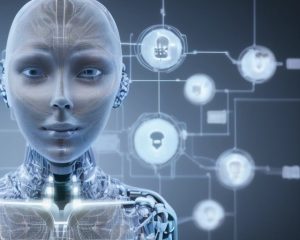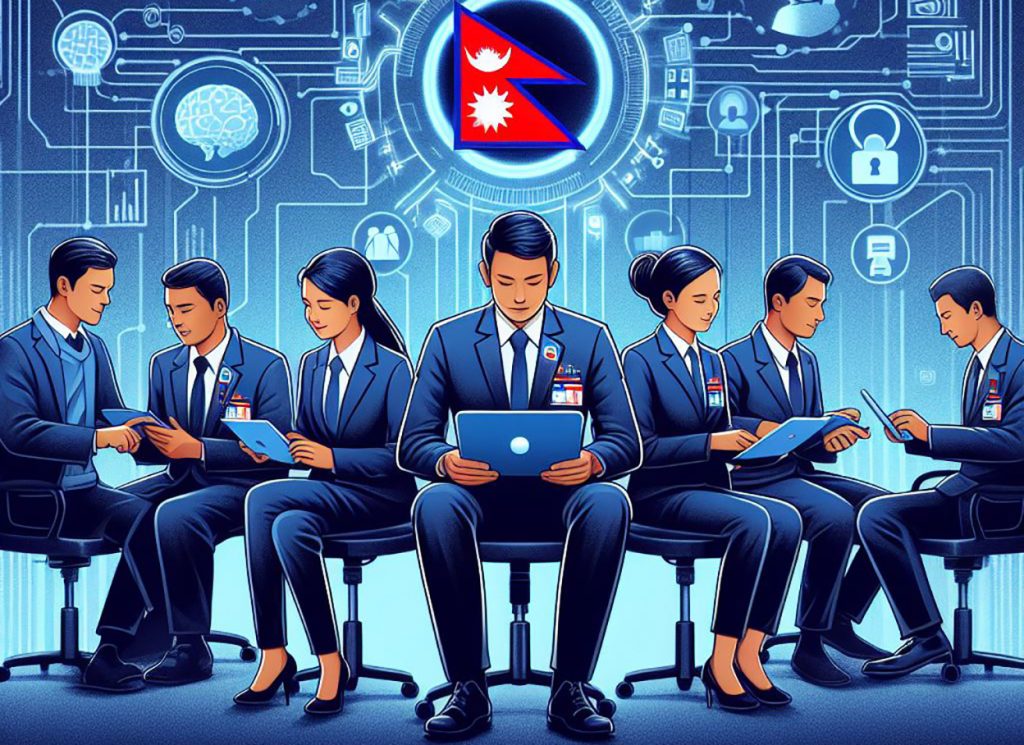
In recent years, the healthcare system has undergone a significant transformation, thanks to the rapid advancement of technology. From artificial intelligence to wearable devices, these innovations are not only changing the way we perceive healthcare but also how we receive and manage medical services.
Here is a list of eight digital technologies that are transforming the healthcare system:
Artificial Intelligence (AI)
One of the key players in this digital revolution is Artificial Intelligence (AI). AI algorithms can sift through vast amounts of medical data, enabling quicker and more accurate diagnoses. Additionally, machine learning models can predict potential health risks based on individual and population data, allowing for proactive interventions. AI’s potential to enhance efficiency, reduce errors, and improve patient outcomes makes it a cornerstone of the modern healthcare system.
Wearable devices
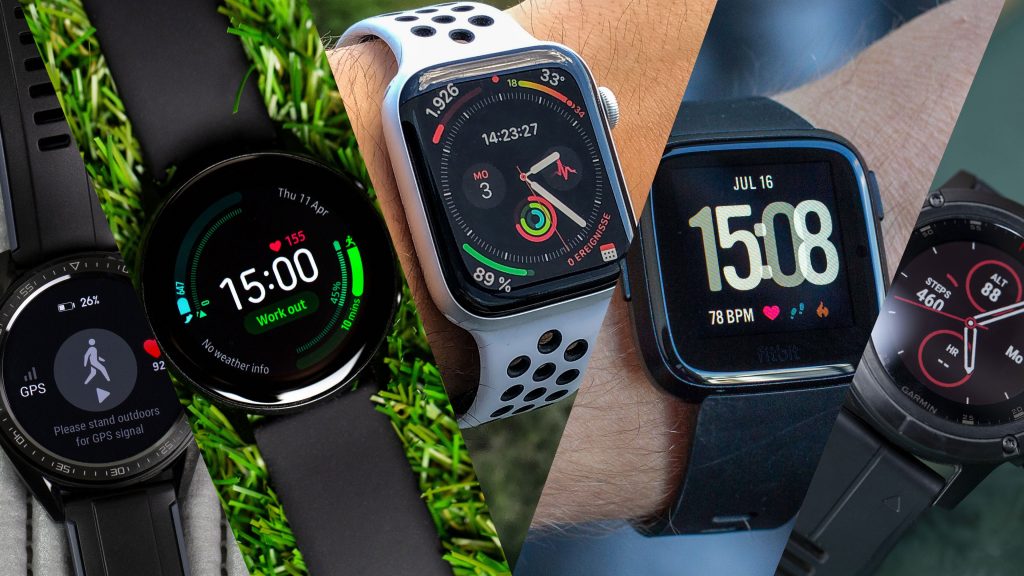
Wearable devices go beyond being trendy gadgets; they are becoming indispensable tools in monitoring and managing health. Smartwatches and fitness trackers can track vital signs, physical activity, and sleep patterns. The data collected not only helps individuals stay on top of their health but also provides healthcare professionals with valuable insights into patients’ daily lives, enabling more personalised and effective care.
Telemedicine
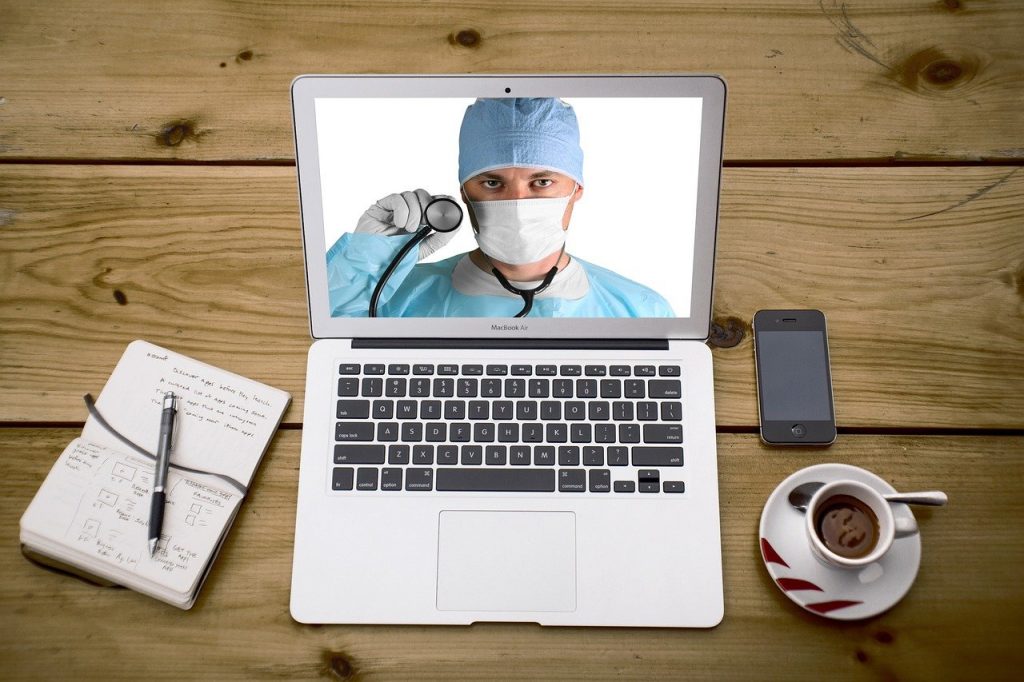
The rise of telemedicine, facilitated by the internet and video communication, is breaking down geographical barriers in the healthcare system. Patients can now consult with healthcare professionals remotely, leading to increased accessibility and efficiency. This shift towards virtual healthcare not only saves time for both patients and healthcare providers but also contributes to the overall efficiency of the healthcare system.
Blockchain technology
Blockchain technology is playing a crucial role in enhancing the security and privacy of healthcare data. Patient records stored on a blockchain are highly secure and can only be accessed by authorised individuals. This not only protects sensitive information but also facilitates seamless and secure data sharing among different healthcare providers, leading to more coordinated and effective patient care.
Internet of things
The Internet of Things is connecting medical devices, creating a network that improves patient monitoring and management. Smart pills, for example, can transmit data about medication adherence, ensuring that patients are following their prescribed treatments. Connected medical devices provide real-time health information, allowing healthcare professionals to make informed decisions and intervene promptly when necessary.
Remote patient monitoring
Beyond telemedicine, remote patient monitoring (RPM) is gaining traction as a valuable tool in managing chronic conditions and post-acute care. RPM utilises various devices and sensors to collect real-time health data from patients in their homes. This continuous stream of information allows healthcare providers to closely monitor individuals with chronic illnesses, detect early warning signs, and intervene proactively. The result is not just improved patient outcomes but also reduced hospital readmissions and healthcare costs.
Robotic assistance in surgery
Robot-assisted surgery is transforming the landscape of surgical procedures. With the aid of robotic systems, surgeons can perform minimally invasive surgeries with increased precision and control. This not only reduces the invasiveness of procedures but also accelerates patient recovery times. As technology continues to evolve, we can expect further integration of robotics in various medical fields, enhancing surgical capabilities and patient outcomes.
Augmented reality (AR) and virtual reality (VR) in healthcare system
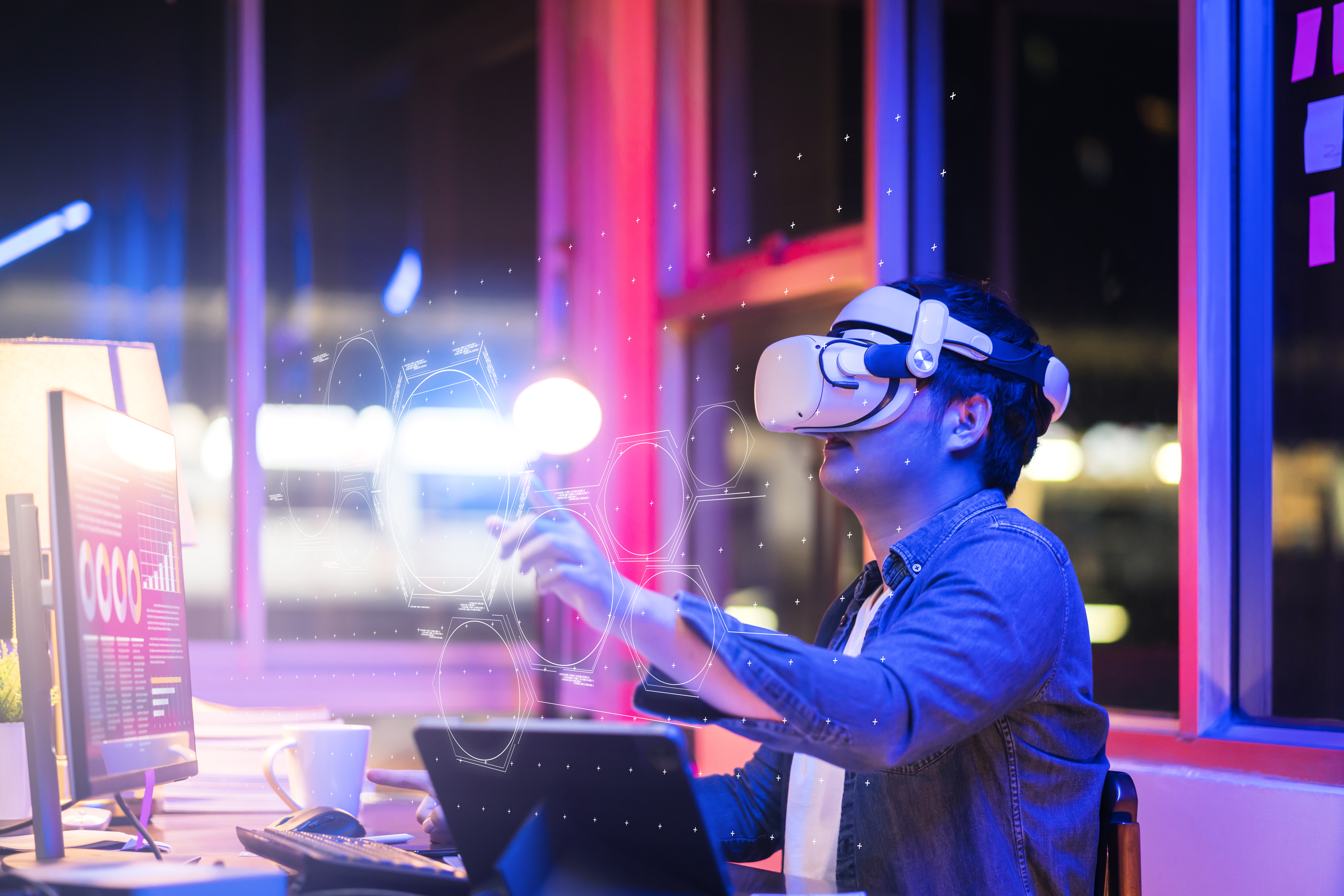
Augmented and virtual reality technologies are finding applications in medical training, patient education, and even therapy. Medical students can benefit from realistic simulations, allowing them to practice procedures in a controlled virtual environment. Patients, on the other hand, can undergo virtual therapies to manage pain, anxiety, or rehabilitation. These immersive technologies have the potential to improve medical education and patient engagement.
In conclusion, the digital revolution in healthcare holds immense promise for transforming the way we approach and receive medical services. From the precision of genomic medicine to the immersive experiences of augmented reality, each technological stride opens new avenues for improving patient outcomes and healthcare accessibility. However, with great innovation comes the responsibility to navigate challenges such as data security, ethical considerations, and the need for comprehensive regulatory frameworks.
As we stand at the intersection of technology and healthcare, the key lies in fostering a harmonious collaboration between innovation and ethical practice. By prioritising data security, embracing interoperability, and empowering patients through education, we can create a healthcare landscape that not only leverages cutting-edge technologies but also prioritises the well-being of individuals.
In this era of constant evolution, it is crucial for stakeholders – including healthcare professionals, policymakers, and technology developers – to work collaboratively towards a shared vision of responsible and inclusive technological adoption. By doing so, we can ensure that the digital revolution in healthcare not only realises its full potential but also contributes to a healthier, more connected, and equitable future for all.




